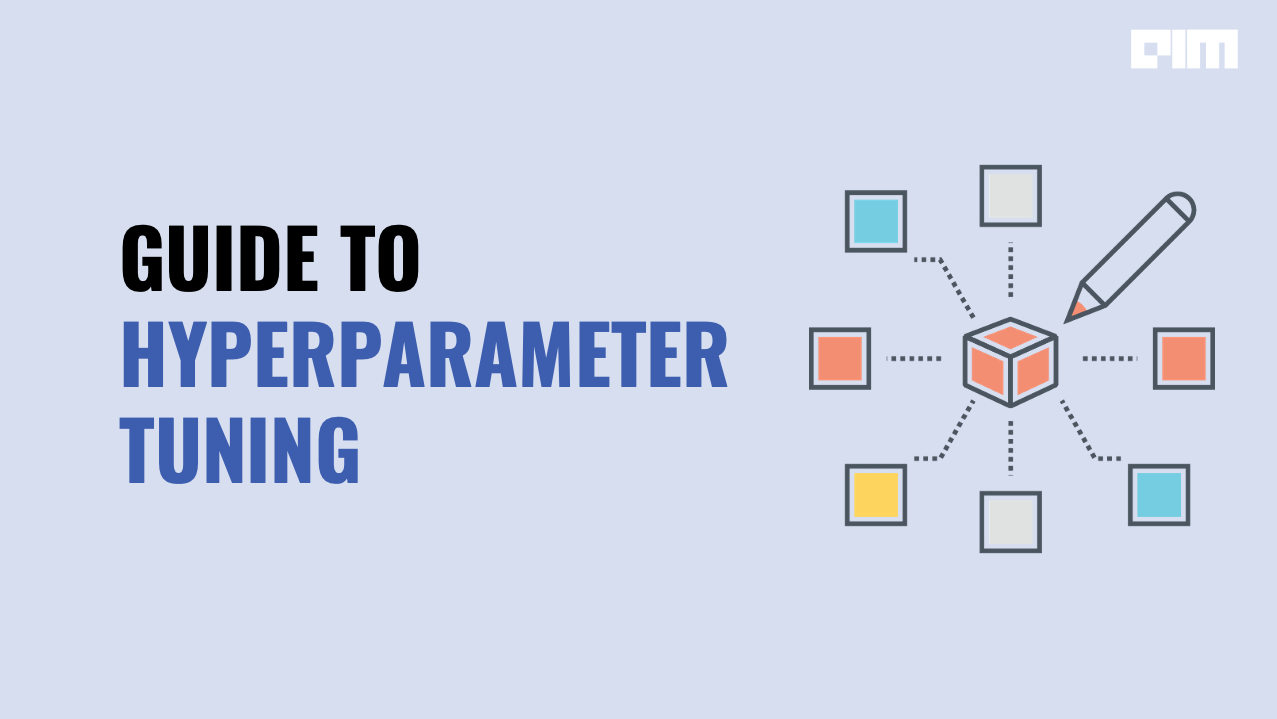Increasing Accuracy of Your Neural Network: A Guide to Hyperparameter Tuning
 Chinmay Pandya
Chinmay Pandya
In the quest to build highly accurate neural networks, one of the most crucial steps is hyperparameter tuning. This involves fine-tuning various parameters that significantly impact the performance of your model. Let's dive into the key hyperparameters and understand how adjusting them can lead to more accurate predictions.
1. Number of Hidden Layers
The number of hidden layers in a neural network defines its depth. A deeper network can learn more complex representations, but it also requires more computational power and is more prone to overfitting.
Guidelines:
Shallow Networks (1-2 hidden layers): Suitable for simpler tasks like linear regression and basic image recognition.
Deep Networks (3+ hidden layers): Ideal for complex tasks like natural language processing and advanced image recognition.
Tips:
Start with fewer layers and gradually add more if the model's performance plateaus.
Use techniques like dropout and batch normalization to prevent overfitting in deeper networks.
2. Number of Neurons per Layer
The number of neurons in each hidden layer determines the network’s capacity to learn from the data. More neurons can capture more features but also increase the risk of overfitting.
Guidelines:
Fewer Neurons (10-50 per layer): May work for small datasets and simple tasks.
More Neurons (50-500+ per layer): Necessary for larger datasets and more complex tasks.
Tips:
Use a heuristic like starting with a number of neurons roughly equal to the number of input features.
Experiment with different configurations: sometimes fewer neurons in more layers can outperform many neurons in fewer layers.
3. Batch Size
Batch size refers to the number of training samples used in one iteration of the model training. It affects both the speed of training and the accuracy of the model.
Guidelines:
Small Batch Size (8-32): Provides a more accurate estimate of the gradient but can be slower and noisier.
Large Batch Size (64-256): Faster training but might lead to suboptimal convergence.
Tips:
Start with a moderate batch size (e.g., 32 or 64) and adjust based on the performance and available computational resources.
Remember that batch size can affect the required learning rate; larger batches often need a higher learning rate.
4. Optimizer
The optimizer dictates how the neural network updates its weights based on the loss function. Different optimizers can have a significant impact on the convergence speed and final accuracy.
Popular Optimizers:
Stochastic Gradient Descent (SGD): Simple and effective but can be slow.
Adam (Adaptive Moment Estimation): Combines the advantages of two other extensions of SGD: AdaGrad and RMSProp. Often performs well on a wide range of problems.
RMSProp: Adaptive learning rate method designed to perform well in online and non-stationary settings.
Tips:
Adam is a good default choice due to its adaptive nature and generally good performance.
For very large datasets or when fine-tuning a model, consider using SGD with momentum.
5. Activation Function
The activation function determines the output of a neuron given an input or set of inputs. Choosing the right activation function can impact the network’s ability to learn and the speed of convergence.
Common Activation Functions:
ReLU (Rectified Linear Unit): Most widely used, helps with the vanishing gradient problem.
Sigmoid: Good for binary classification but can suffer from vanishing gradients.
Tanh: Zero-centered output, which can be better than Sigmoid in some cases.
Tips:
ReLU is a solid starting point for most layers due to its simplicity and effectiveness.
For the output layer, choose an activation function that matches the nature of your problem (e.g., Sigmoid for binary classification, Softmax for multi-class classification).
Conclusion
Hyperparameter tuning is a critical aspect of developing effective neural networks. By carefully selecting and adjusting the number of hidden layers, neurons per layer, batch size, optimizer, and activation function, you can significantly improve the accuracy of your model. Remember, there is no one-size-fits-all approach, so experimentation and iterative refinement are key. Happy tuning!
Subscribe to my newsletter
Read articles from Chinmay Pandya directly inside your inbox. Subscribe to the newsletter, and don't miss out.
Written by

Chinmay Pandya
Chinmay Pandya
👨💻 About Me: Hii, I'm Chinmay, a passionate and organized computer science student dedicated to lifelong learning and content creation. My journey in technology began with a curiosity-driven exploration of software development, cloud computing, and data science. 🌟 Blog Story: Driven by a desire to share knowledge and inspire others, I founded Hashnode, a platform where I chronicle my experiences, insights, and discoveries in the world of technology. Through my blog, I aim to empower fellow learners and enthusiasts by providing practical tutorials, thought-provoking articles, and engaging discussions. 🚀 Vision and Mission: My vision is to foster a vibrant community of tech enthusiasts who are eager to learn, collaborate, and innovate. I am committed to demystifying complex concepts, promoting best practices, and showcasing the limitless possibilities of software development, cloud technologies, and data science. 🌐 Connect with Me: Join me on this exciting journey of exploration and growth! Follow Me for valuable resources, tutorials, and discussions on software development, cloud computing, and data science. Let's bridge the gap between theory and practice and embrace the transformative power of technology together.